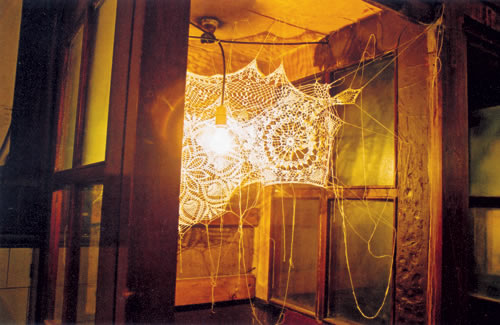
©Shane Waltener, Aunt Peggy Has Departed, mercerised cotton, audio equipment, 2 part looped soundtrack. Aldwych Tube Station, the Strand, London, 2003.
Beyond the Knitted Object
Knitted art goes beyond the knitted object. Using knitting as the subject, the artwork may take the form of a photograph or an installation. In works like these, knitting is a key element for setting the scene, depicting a person, or commenting on society. These works stretch the boundaries of textile art.
A Digital Photograph with Knitting at its Heart
In At the Game, Mark Newport createe a work about knitting without bringing the physical knitted object into the gallery. He used digital photography to clone himself and show nine men in a stadium watching a football game. He’s dressed as a typical sports fan in blue jeans, team sweatshirt, and cap. One of the figures is knitting a lime green sweater; another looks over his shoulder with curiosity. Meanwhile the rest of the clones intently watch the game.
The knitter sticks out as an anomoly in the scene. No one is giving him a hard time; in fact the others seem to be ignoring him. While I have worked on my knitting at many high school soccer games, the scene depicted in the photograph is not typical. The artist invites us to evaluate the situation.
Although the knitted object is not physically on display in this artwork, it is front and center. Its crucial role is highlighted by the bright color and prominent placement in the composition. The subject of the work is knitting, gender stereotypes, and conventional expectations of conduct at football games.
©Mark Newport, Backstage, archival ink jet print, 2009. Edition of 8. 13″ x 19″
Newport puts a male knitter in another unexpected place in his digital photograph titled Backstage. In this work, a punk rock musician decked out in bushy black wig and facepaint takes a break between sets. He sits in a chair next to his electric guitar and knits. It looks like the perfect way to gain focus and calm to me! But maybe not what people expect from a punk rocker. Once again, the knitting is central to the work, but the artwork is the photograph.
Using Lace to Set the Scene in an Installation
The exquisite crocheted lace in Shane Waltener’s installation Aunt Peggy Has Departed sets the scene and takes us back to the 1940s. The installation was set in an abandoned London Underground station that had been used as a bomb shelter during World War II. The artist created and hung lace doilies inside a series of old phone booths in the station. Visitors could not make phone calls, but they did hear soundtracks conjuring up the aural experience of the subway station: the mechanical sounds, train operations, human voices. The soundtracks also included Prime Minister Churchill’s voice from period radio clips, a voice people may have heard as they waited in bomb shelters.
©Shane Waltener, Aunt Peggy Has Departed, mercerised cotton, audio equipment, 2 part looped soundtrack. Aldwych Tube Station, the Strand, London, 2003.
The knitting (okay, it’s crochet) stretched webs across time to reconnect people. One could imagine Aunt Peggy had just stepped on to the train, rather than departing the earth entirely.
©Shane Waltener, Aunt Peggy Has Departed, mercerised cotton, audio equipment, 2 part looped soundtrack. Aldwych Tube Station, the Strand, London, 2003.
In this work, the ethereal lace is not to be admired for its own sake, but as a symbol of a departed lady and her time. When Aunt Peggy died, she left her needlecraft patterns to Waltener. He made the lace using these patterns and constructed an evocative art installation that pays tribute to another time. While the lace is central, the work goes beyond textiles.
These works suggest a myriad of possibilities for new directions in knitted art. What ideas do you see for combining knitted art with other media?
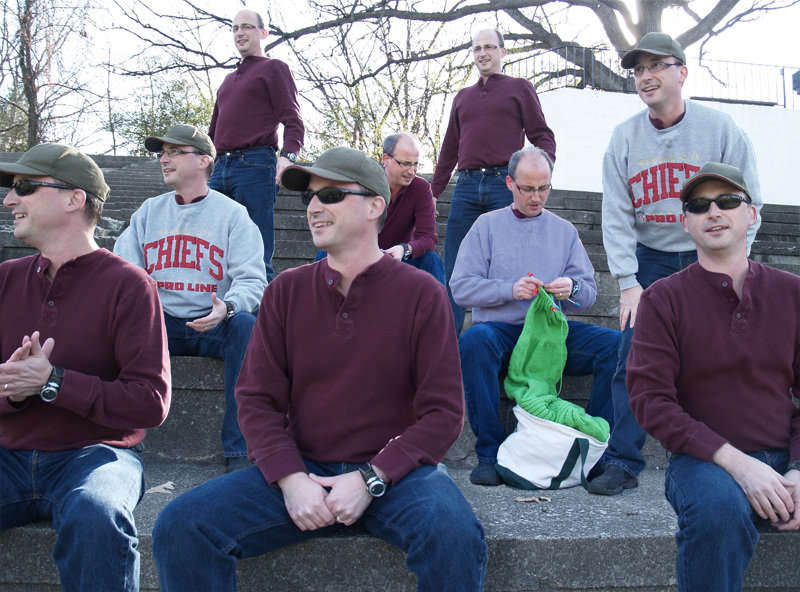
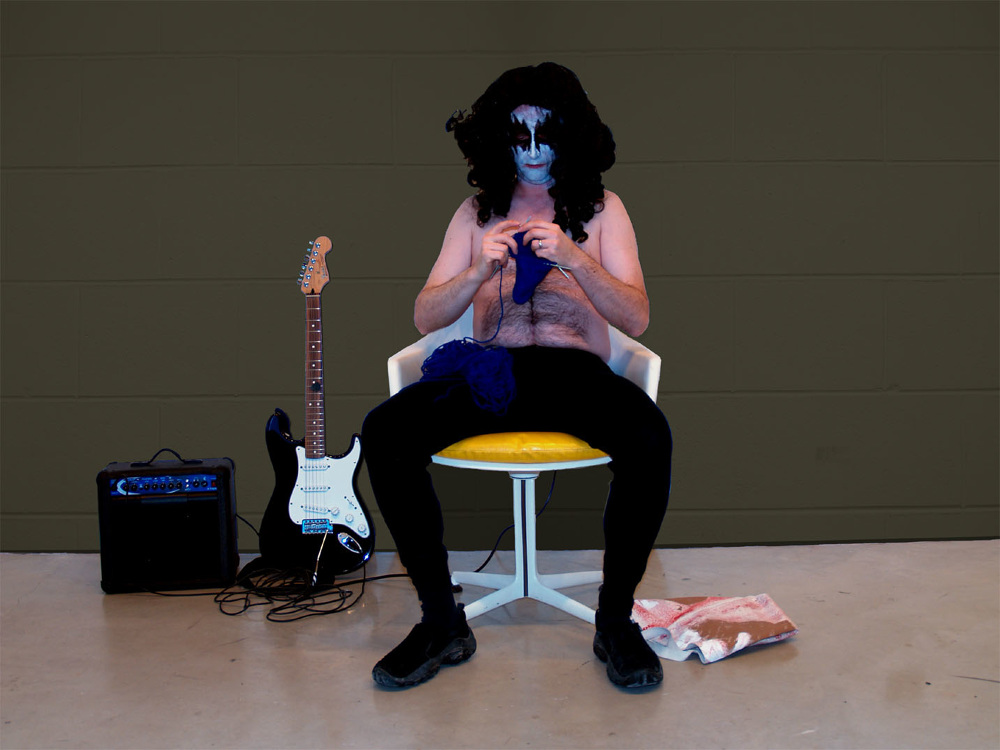
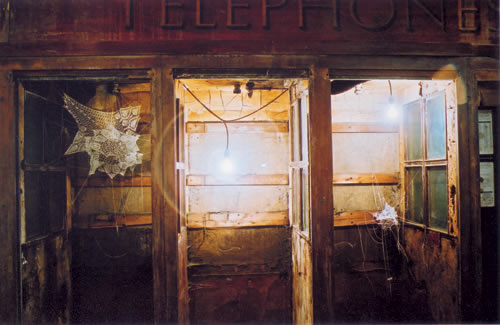
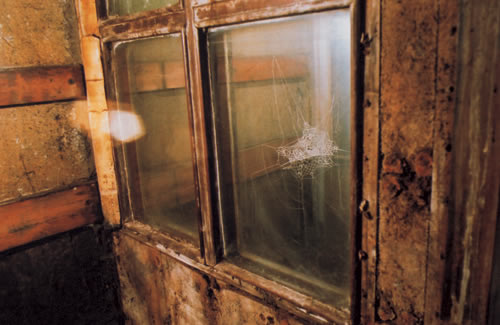
0 Comments